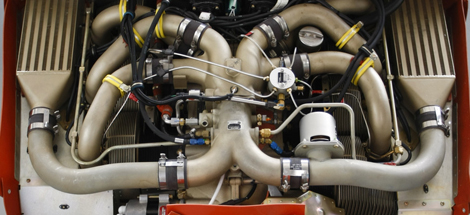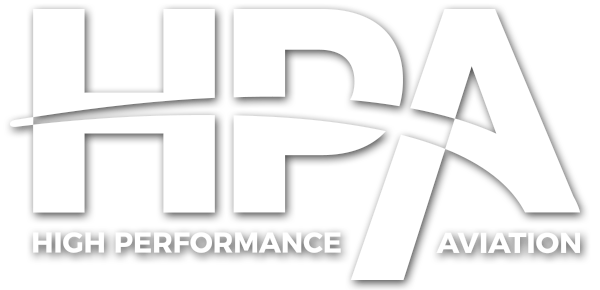High Performance Aviation
Hot Starting the Cirrus SR22T & SR22TN
by Hank Gibson, Gold Seal CFI, CFII, MEI, AGI, CSIP, CFAI+, Master CFI

How many of you Cirrus Turbo pilots have been in this situation? You’ve found the cheapest fuel in a 40 mile radius of your home airport. It’s been a long flight back from your family vacation with several delays due to IMC conditions and some pop up thunderstorms. The family is exhausted and just wants to be home, but you want to fill up the airplane at a reasonable price.
The credit card reader gives you problems, but you are finally able to get it to take your credit card. Then, the hose isn’t long enough to reach both wings, so you get you wake your sons up to help you tug the airplane around. Finally, you get the plane filled up with gas, you hop in to start it, and it won’t start because the engine is still too hot. You crank and crank (no more than 20 seconds at a time and allowing a 20 second cool down period, of course) to no avail.
Now, you just want to scream. Don’t you wish you read this article first?
The Problem
When you shut down your Turbocharged or Turbonormalized Continental Engine in your Cirrus SR22T or SR22TN, especially on a hot day, the fuel lines inside the cowling are heat soaked. Because they are so hot, when a restart is attempted, the fuel get’s vaporized once it get’s into the fuel lines under the cowling. Since the fuel is no longer in it’s liquid form and it’s now a vapor, when attempting to start the engine, all the cylinders are getting is that vapor and no actual fuel.

What usually happens is when a regular starting procedure is followed, you’ll see a “false start.” There is still a little bit of fuel in the injection lines that lead to the injector nozzles. When cranking initially, that little bit of fuel get’s injected into the cylinders and the engine fires momentarily, then quickly dies because there is no liquid fuel being pumped in by the engine driven fuel pump, only fuel vapor. Therefore, the engine is actually starved of fuel since all the fuel is in vapor form in the fuel lines.
The Solution
Straight from Continental’s own publication, Tips on Engine Care, here’s the solution to the problem. I’ll get into why it works shortly. Here’s the procedure.
- Mixture control-Full lean/cut-off
- Throttle-Full open
- Electric fuel pump-High Boost/Prime for 20 seconds
- Electric fuel pump-Off
- Mixture control-Full rich
- Throttle-Cracked
- Starter-Engage
If you didn’t run the fuel pump for long enough, you may get a false start again. It may also take longer then normal for the engine to actually fire. Here’s a little tip: the first time the engine fires, keep cranking and add a little throttle to prevent it from dying. This will help the engine fully fire instead of just false starting. If you notice this consistently, try running the High Boost/Prime setting on the fuel pump for a little bit longer. That should remedy the problem (also remember the starter limit is 20 seconds with a 20 second rest in between). Once the engine fires, turn the boost pump on.
Why It Works
What’s happening when you run the electric fuel pump on high with the mixture at idle/cut-off and the throttle full? Fuel is being sent from the selected fuel tank, to the engine driven fuel pump. Since the engine isn’t running, from there, it goes through the engine driven pump bypass valve, then to the metering section of the injector pump, then to the metering control unit.
Since the mixture control is in the idle/cut-off position, the fuel is directed to the fuel return line system and returns to the tank it originated from. You will still see a fuel flow indication on the fuel flow gauge, but no fuel is actually entering the cylinders at this point. All that is happening is you are filling up the fuel lines under the cowling with liquid fuel, pushing the vapor out.
When following this procedure, there is no need to prime the engine before cranking. A little bit of fuel will seep past the closed mixture control and into the cylinders, so there will be fuel in the cylinders to ignite.
Try It Yourself
The next time you are trying to hot start your Cirrus SR22T or SR22 Turbonormalized, try this procedure. It’ll work like a charm.
Reference: Tips on Engine Care, copyright 2010, Continental Motors, Inc.
Would you like more information?
Send us a message below.

